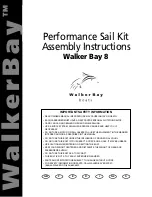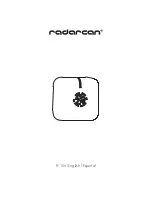
215676
175
Revision A
1000680
A
A
Figure 4.30: Adjustable Caster Wheels
IMPORTANT:
The caster wheels must be an equal distance (as indicated
by [A]) from the center of the windrower.
1000678
A
B
C
Figure 4.31: Caster Wheel Extensions
5.
Line up the holes in the walking beam. Install shorter
bottom bolts (B).
6.
Position bracket (A) and install back bolts (C).
7.
Tighten the bolts as follows:
a.
Snug bottom bolts (B), then snug back bolts (C).
b.
Tighten and torque back bolts (C) to 447 Nm
(330 lbf·ft).
c.
Tighten and torque bottom bolts (B) to 447 Nm
(330 lbf·ft).
8.
Lower the windrower to the ground.
IMPORTANT:
Torque the bolts again after the first 5 and 10 hours of
operation after changing the position of the casters.
4.3.8
Transporting
The windrower can be driven from one location to another. If correctly equipped, the windrower can also tow a header.
The windrower should generally
NOT
be towed, however, as this can result in damage to the hydrostatic drives, though a
procedure for emergency towing is provided.
Driving on Road
The windrower is designed to be driven on the road with the engine facing forward to provide better visibility for the
Operator and improved stability for the machine. The windrower can also be driven on the road in cab-forward mode, but
at a reduced speed and under restricted conditions.
WARNING
A collision between the windrower and other vehicles may result in injury or death.
















































